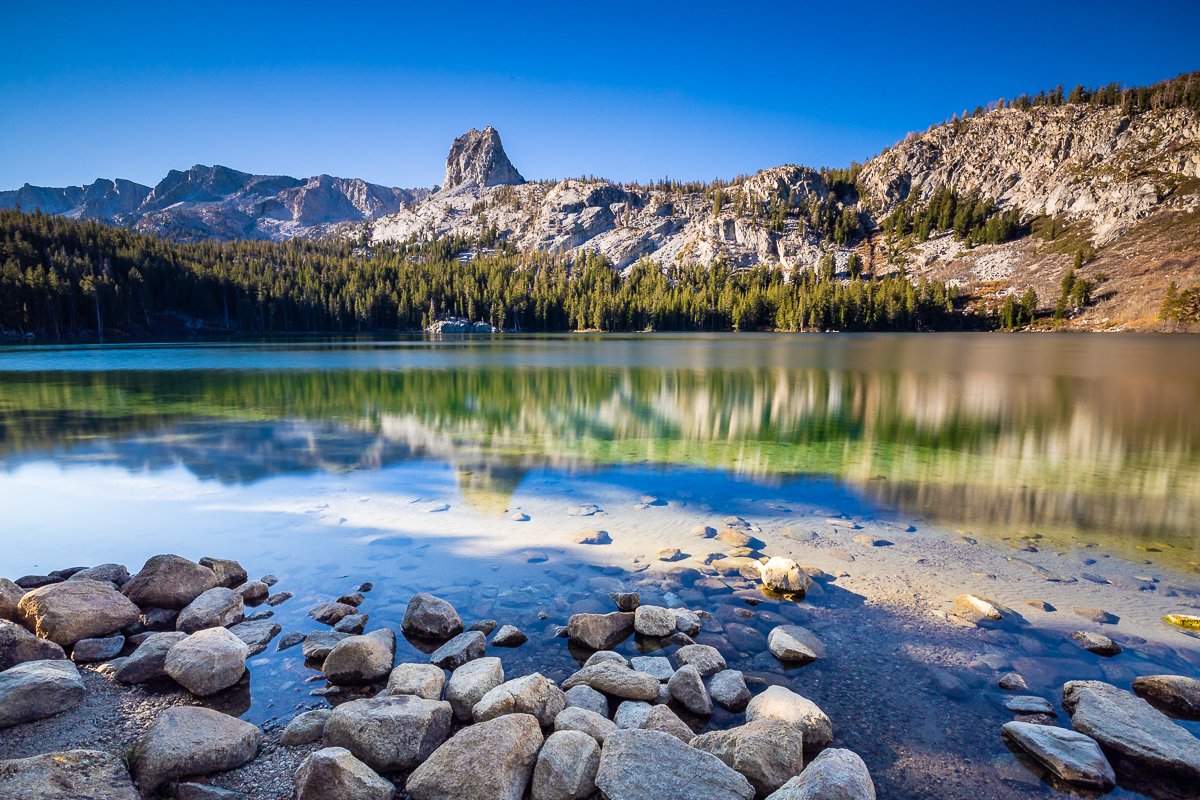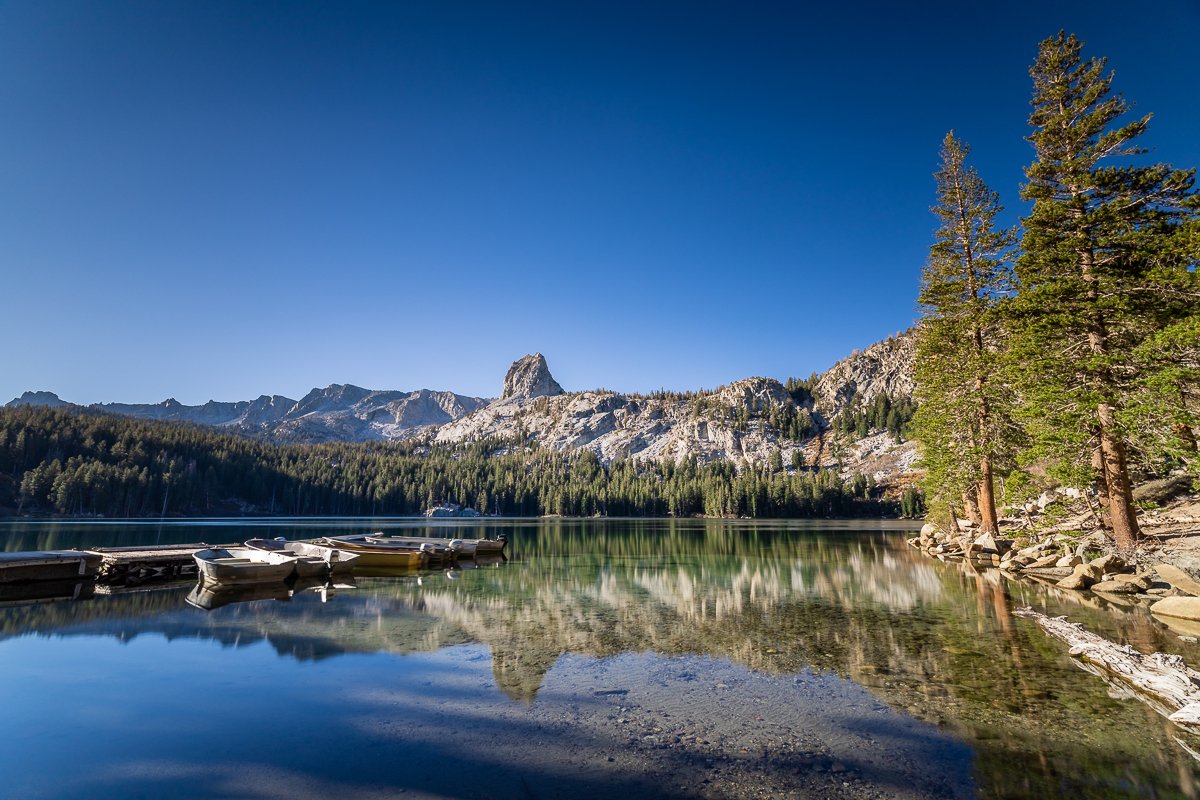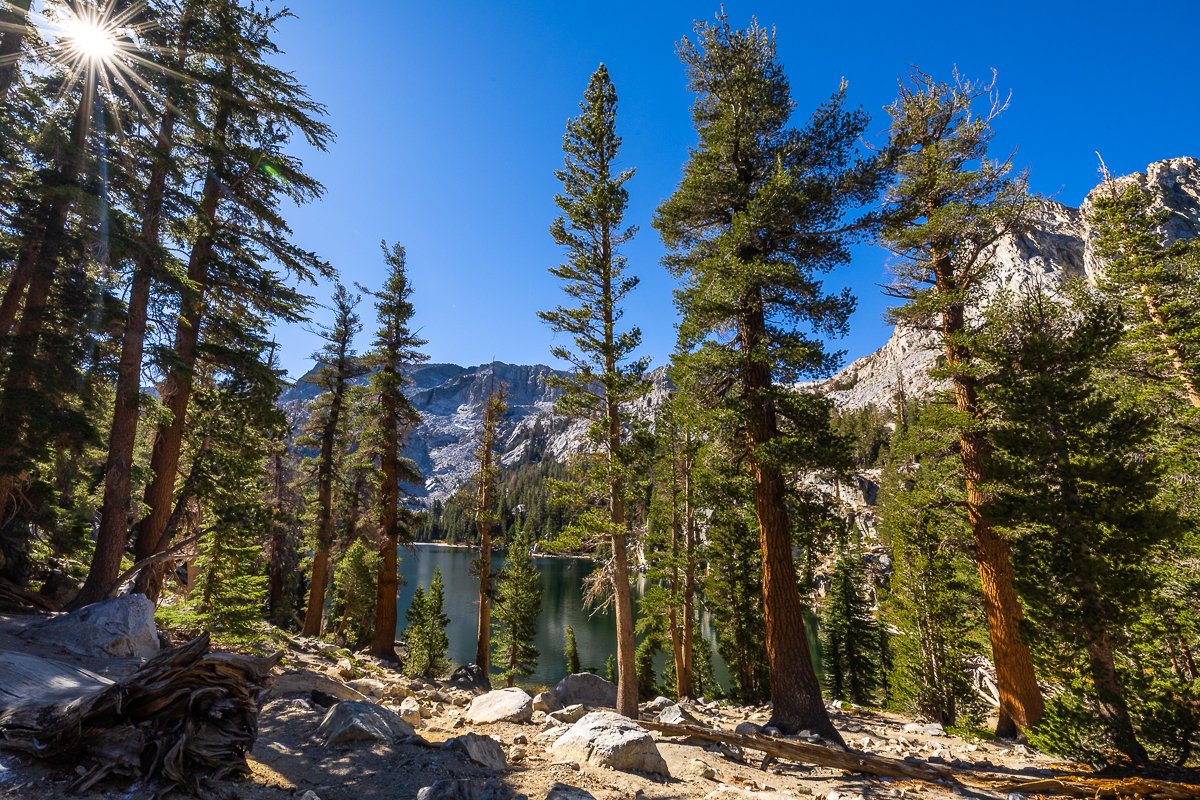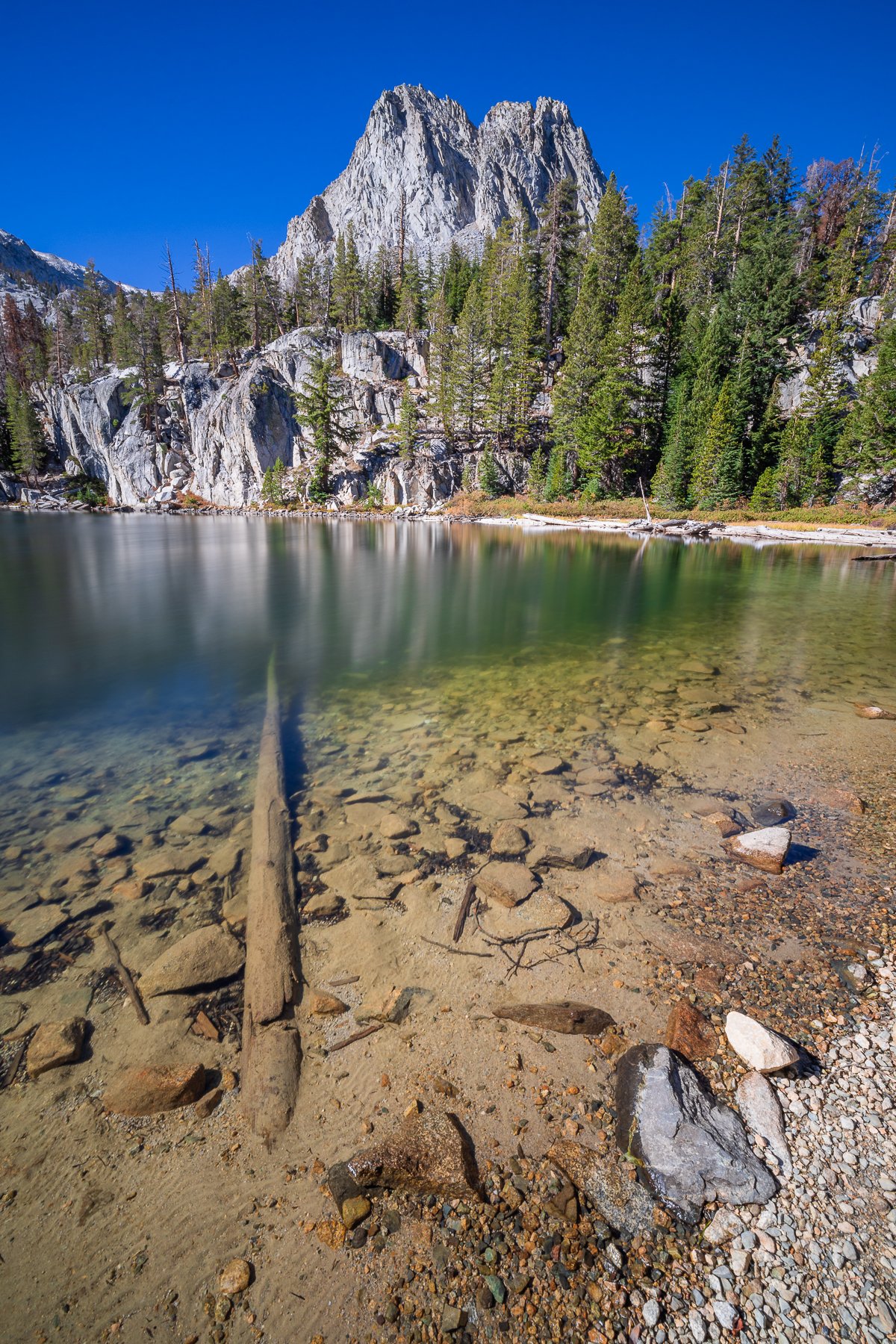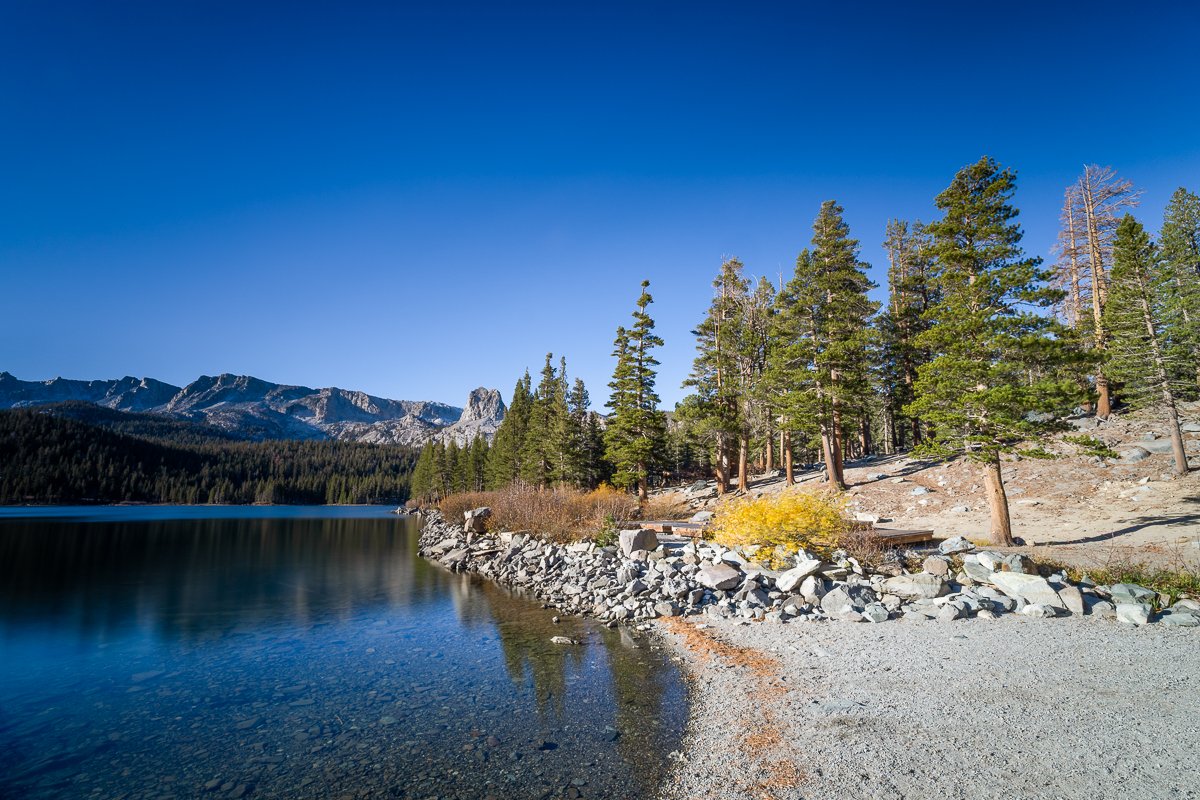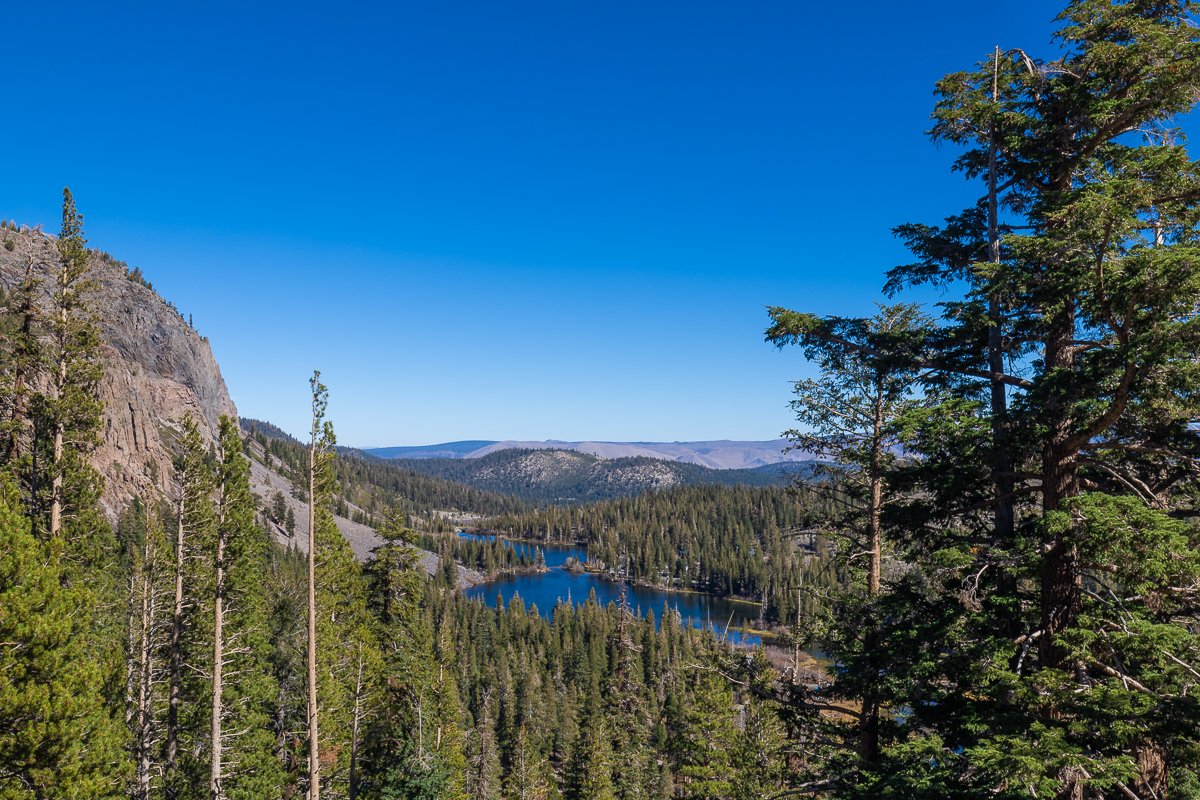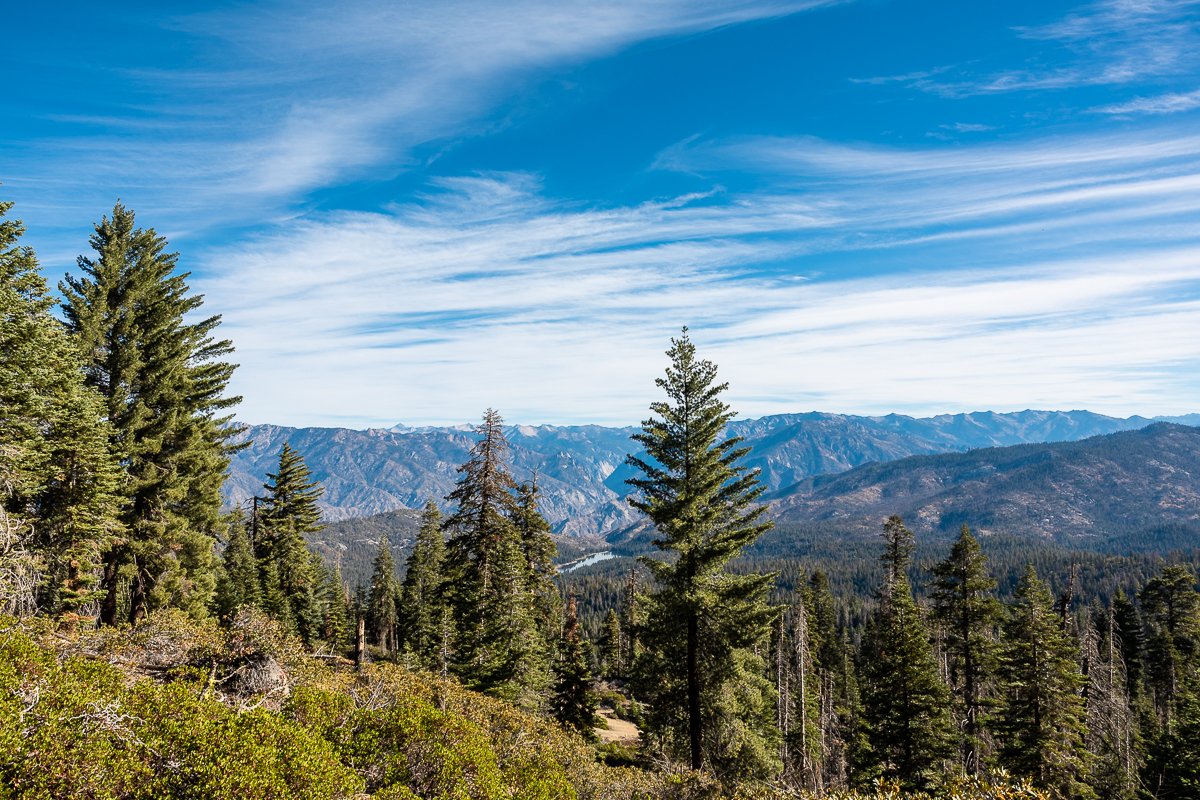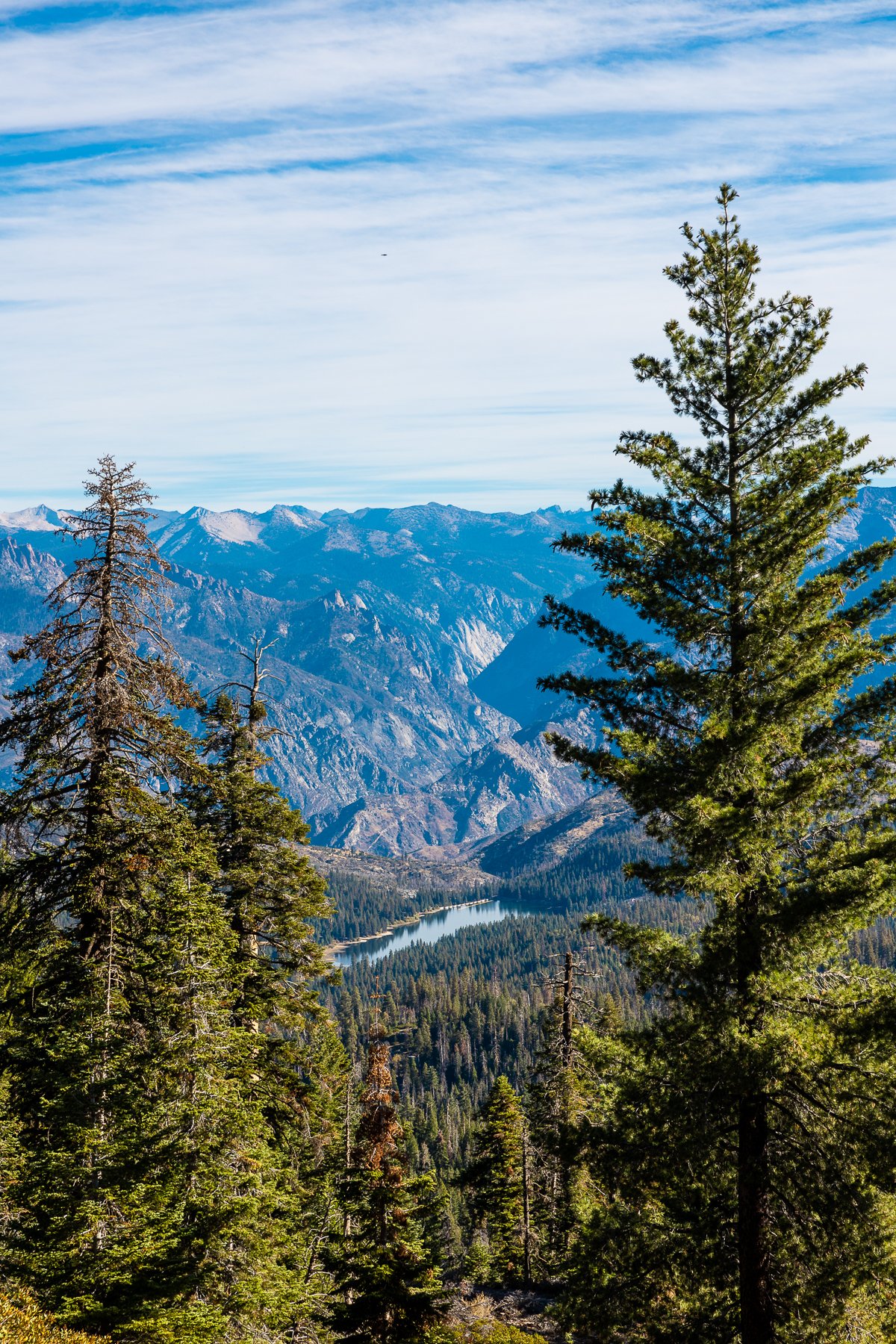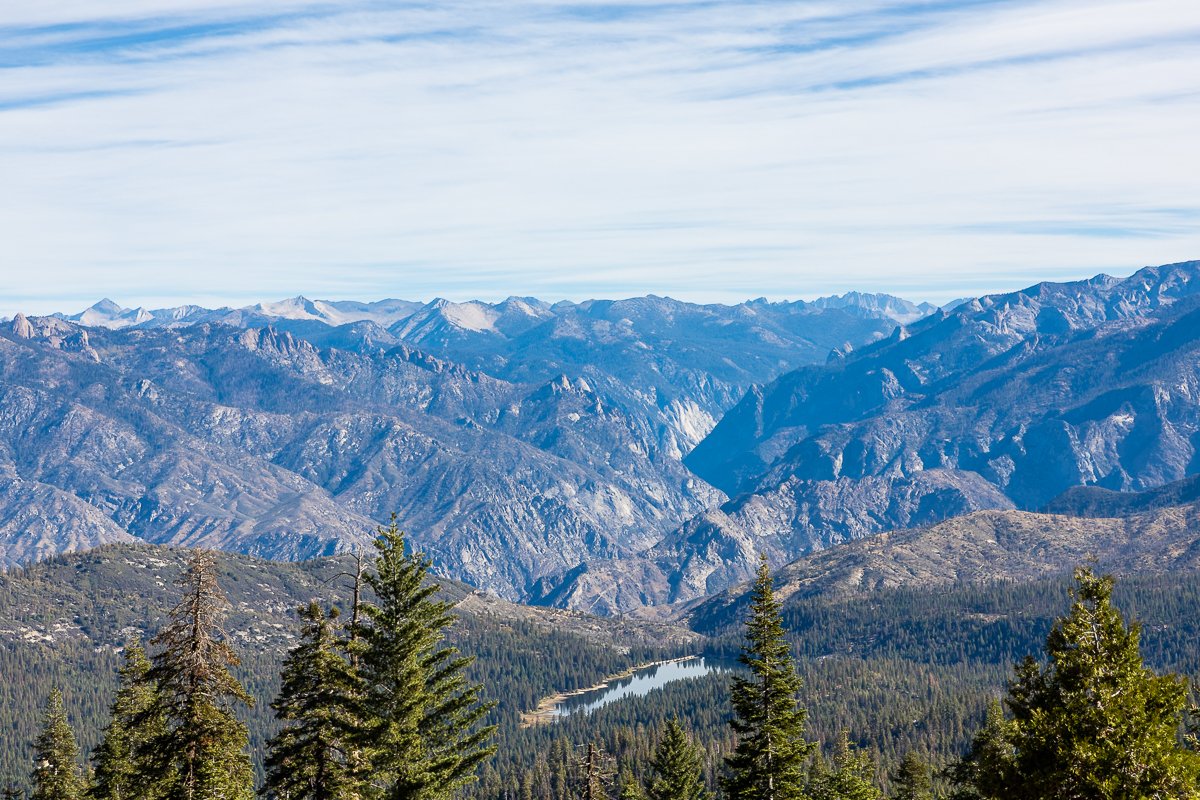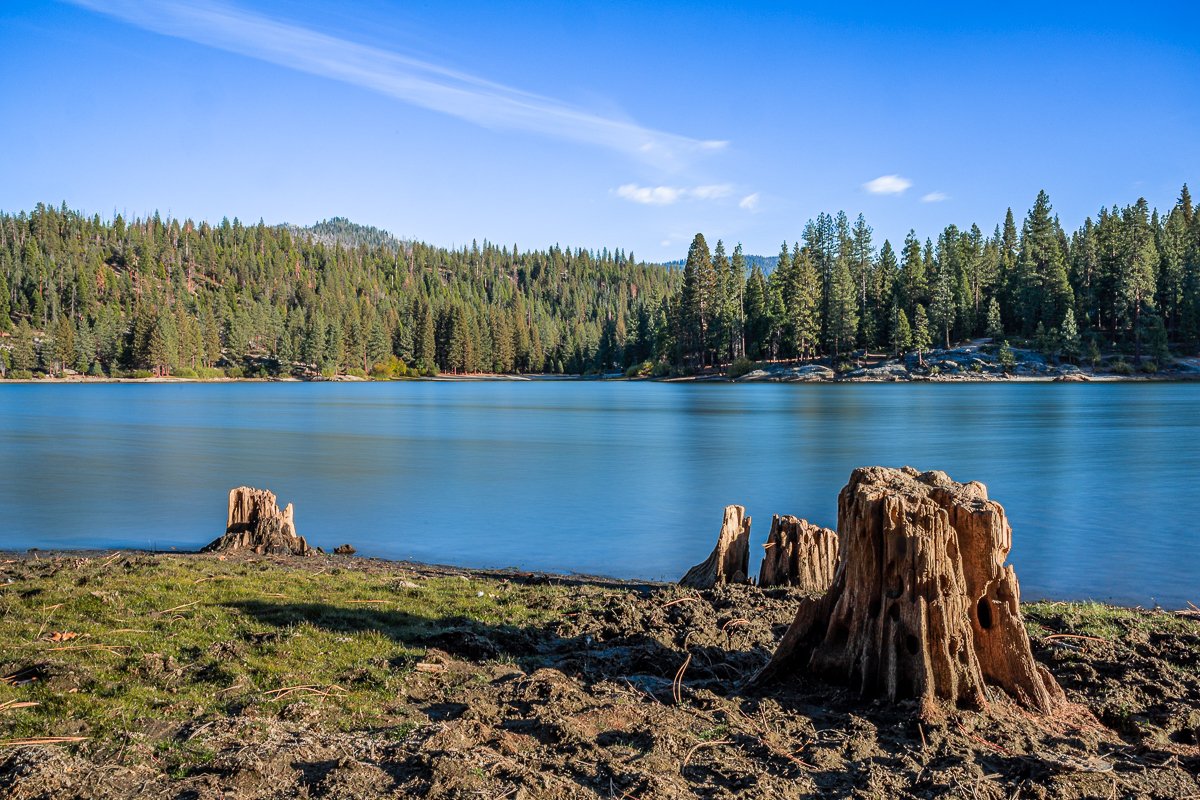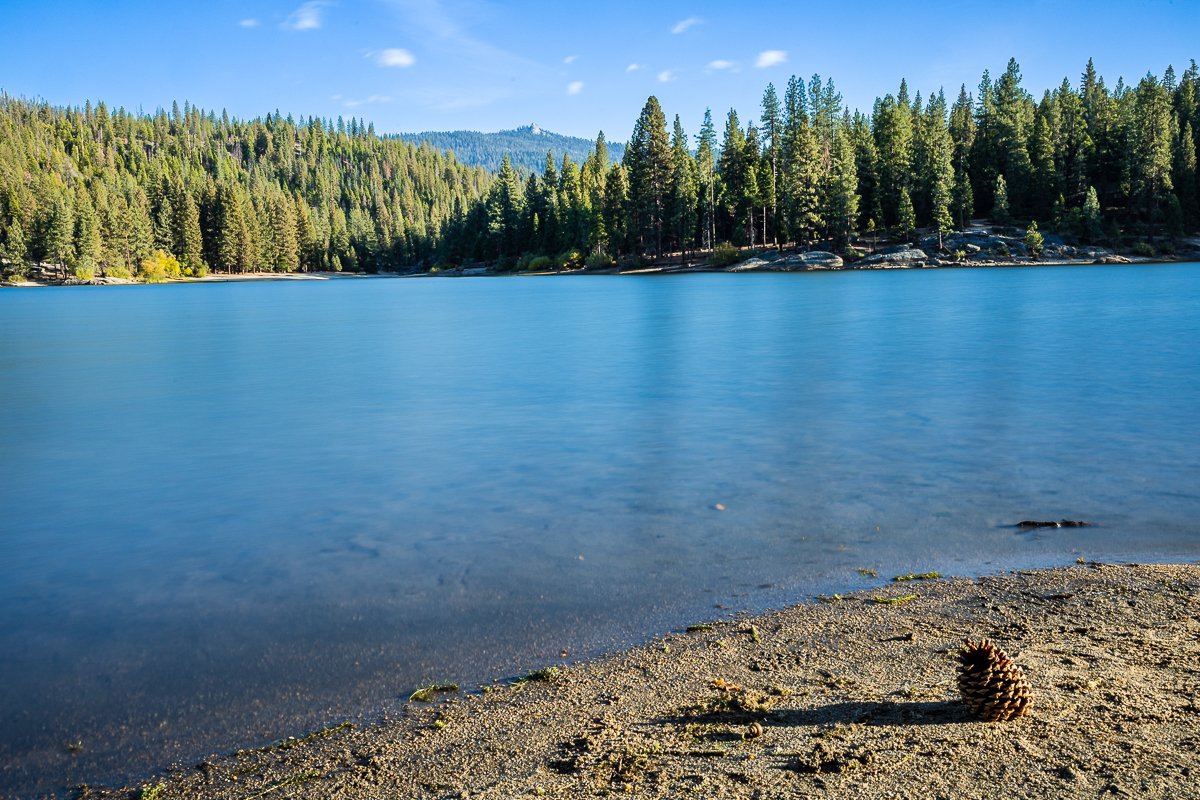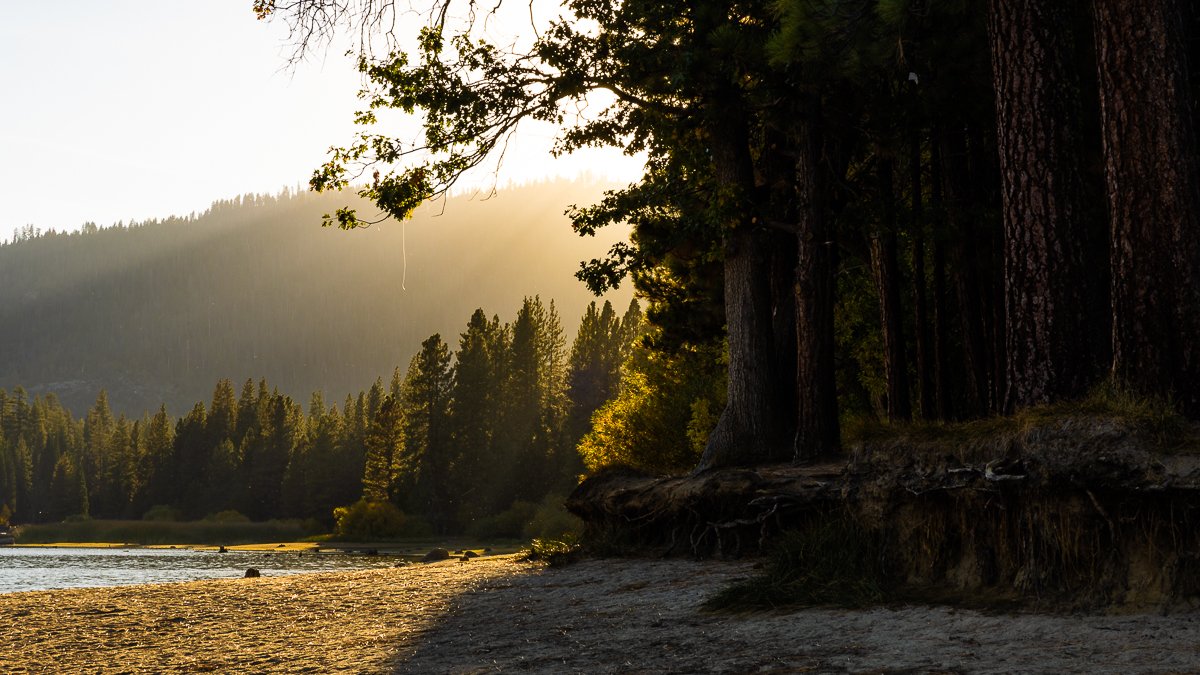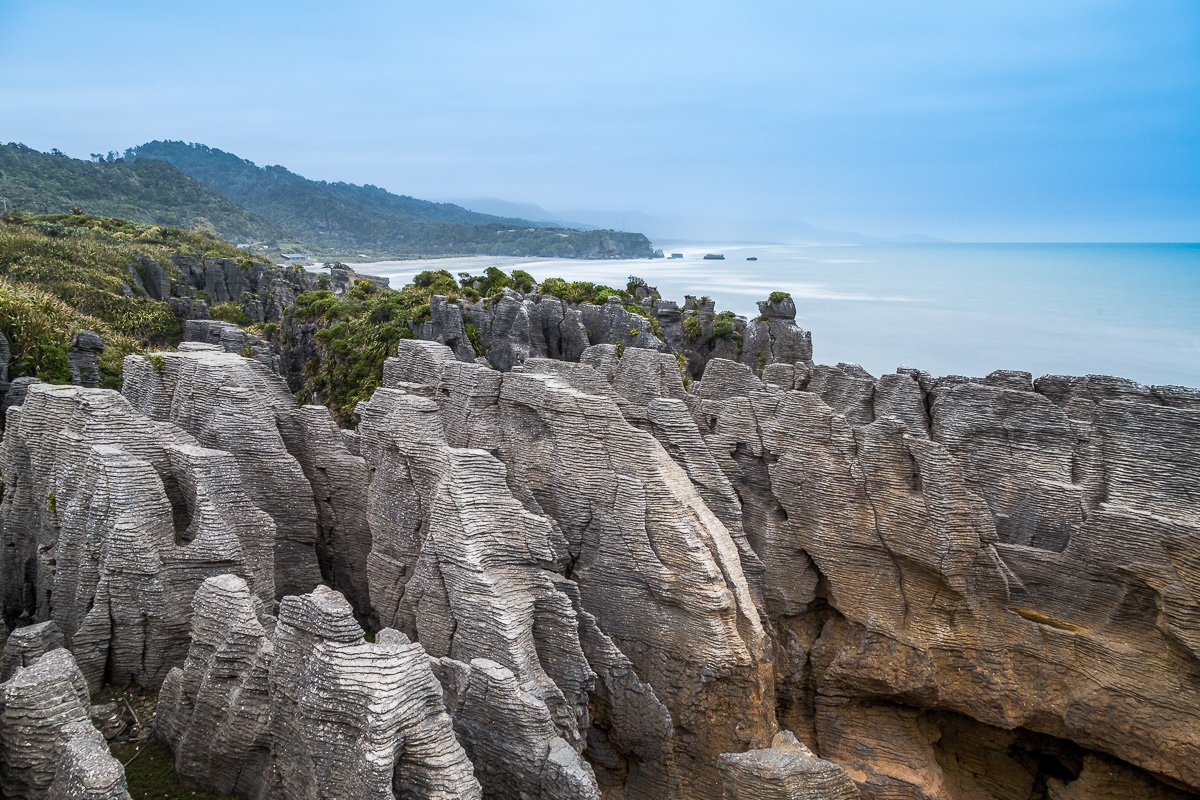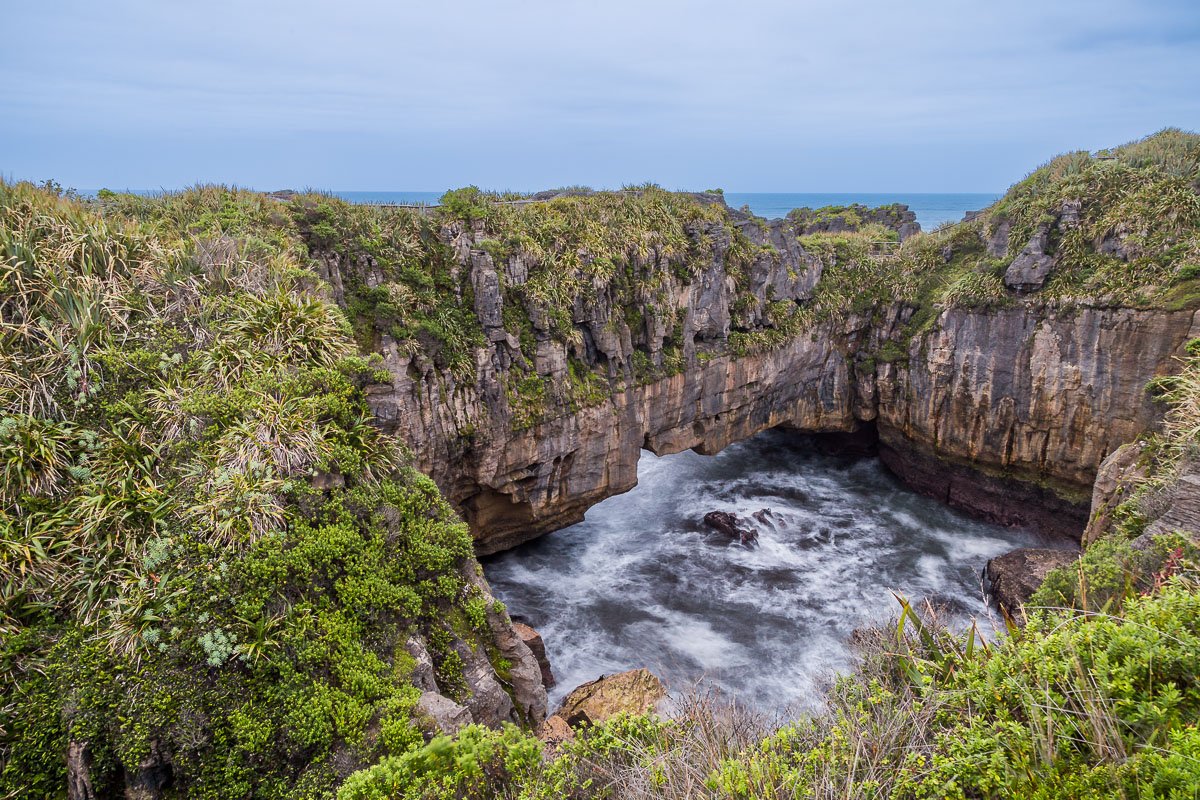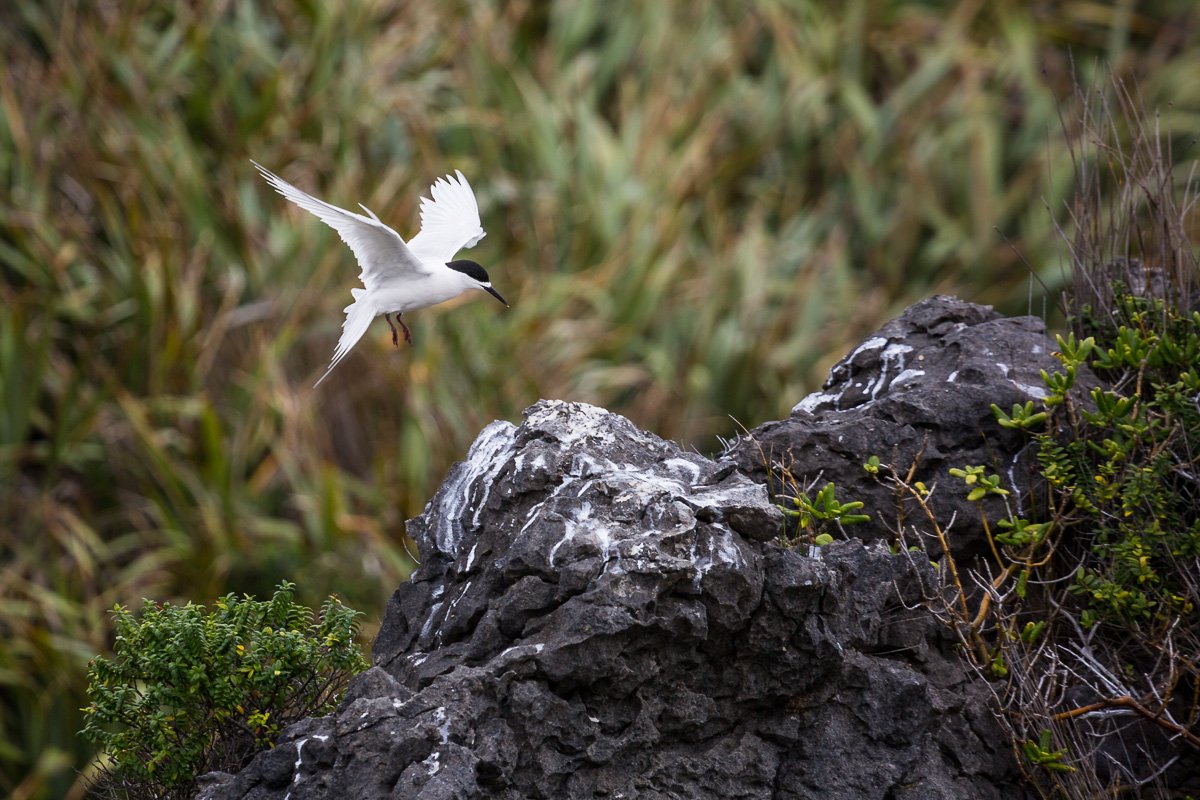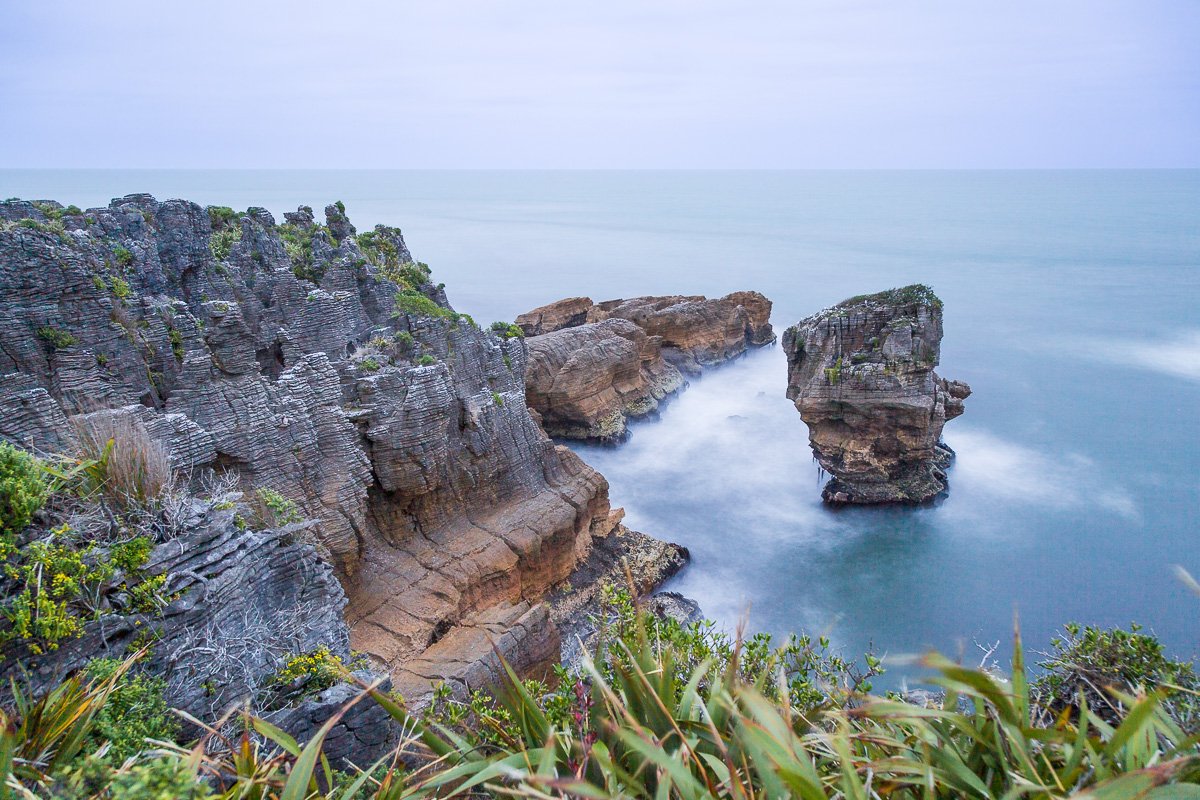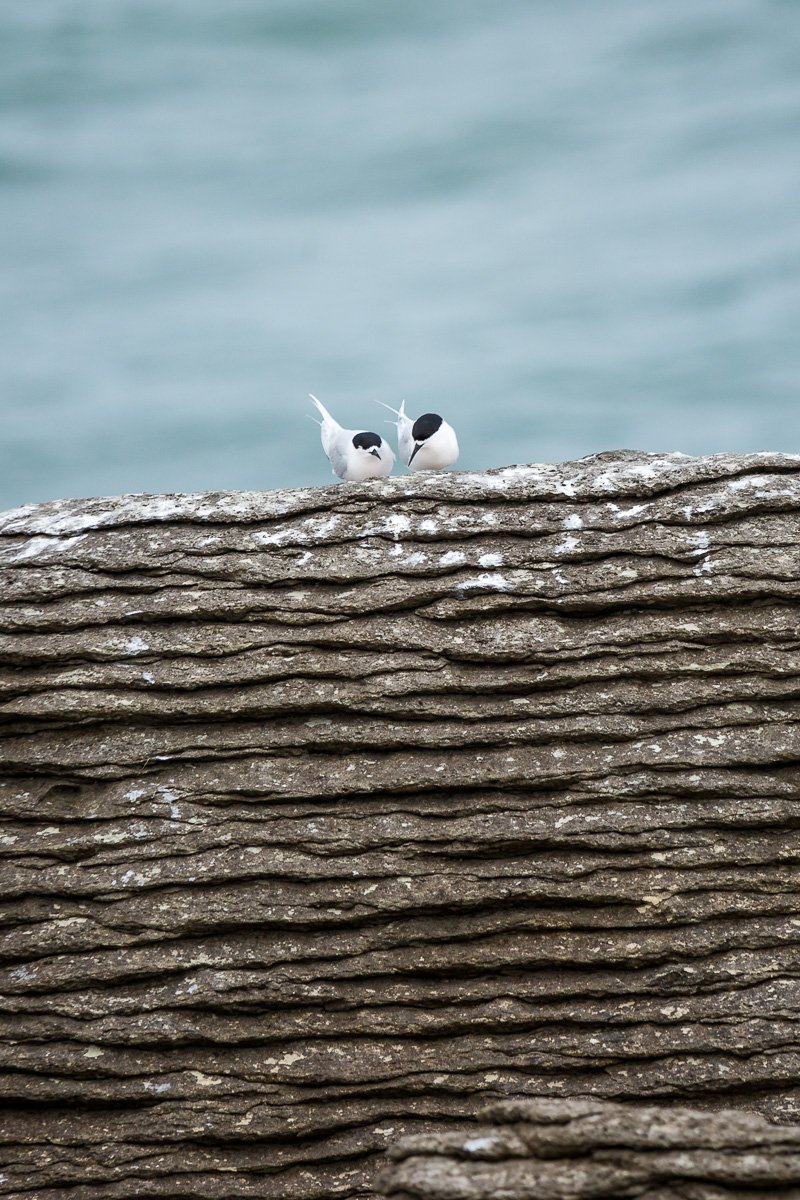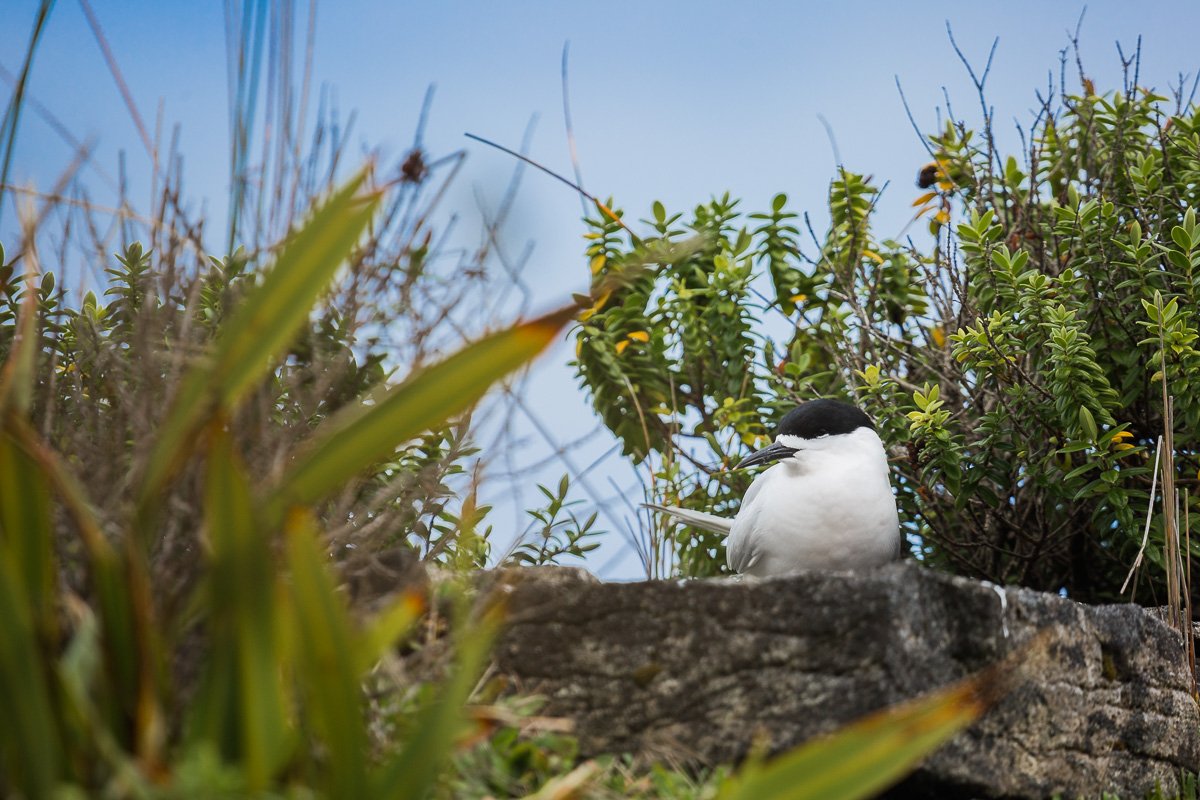Mammoth Lakes in California, is a photographer's dream, especially when it comes to its serene lakes reflecting the quiet beauty of the Eastern Sierra. The still and clear waters of these lakes provide a tranquil canvas for those seeking moments of calm and visual simplicity.
Photographing the lakes in Mammoth Lakes is a study in capturing reflections. From the glass-like surface of Twin Lakes to the mirror-like symmetry of Lake Mary, these bodies of water offer a quiet backdrop for the surrounding landscapes. The stillness of the lakes enhances the clarity of reflections, creating a straightforward and unembellished visual narrative. It is truly a breathtaking, once-in-a-lifetime sort magical place.

